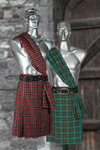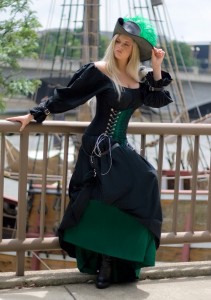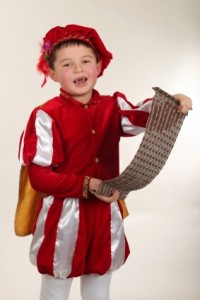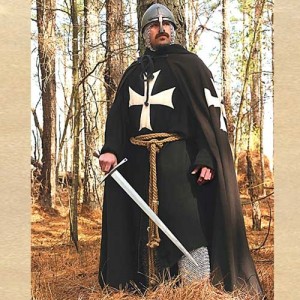Authentic Medieval Costumes Are No Laughing Matter
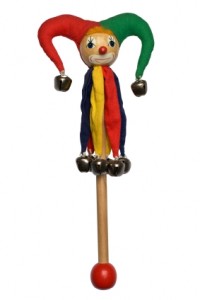 Here at PearsonsRenaissanceShoppe.com, we provide you a number of Authentic Medieval Costumes options when it comes to what type of role you’d like to play at your favorite Renaissance Faire. You can be a Queen, Knight, Wench, and so forth. But one of the roles that can be just as fun as the ones mentioned before is that of the Jester. The Jester was supposed to keep the royal court entertained during festivities and events. They used a number of methods to entertain, such as clowning, music, juggling, and mental challenges via riddles. This could be an entertaining and unique role playing experience at a LARP or Medieval Faire.
Here at PearsonsRenaissanceShoppe.com, we provide you a number of Authentic Medieval Costumes options when it comes to what type of role you’d like to play at your favorite Renaissance Faire. You can be a Queen, Knight, Wench, and so forth. But one of the roles that can be just as fun as the ones mentioned before is that of the Jester. The Jester was supposed to keep the royal court entertained during festivities and events. They used a number of methods to entertain, such as clowning, music, juggling, and mental challenges via riddles. This could be an entertaining and unique role playing experience at a LARP or Medieval Faire.
In honor of the Jester, we thought we might include a Medieval-themed jest. If you have any of your own, leave them in the comments section!
In a Medieval Kingdom, a wise Sage made the prophecy that the King’s concubine would died in the near future. A few days later, the prophecy came to pass. The King convinced himself that the reason the woman died was strictly due to the Sage’s prediction. The King called for the Sage and demanded that the Sage make another prophecy, saying: “Tell me when you are fated to die.” The Sage was astute enough to realize that King was likely going to have him executed, regardless of the answer. The Sage thought on it a moment and finally said, “The numbers do not reveal the moment of my death, but they do say that when I expire, the King will die within three days.”
